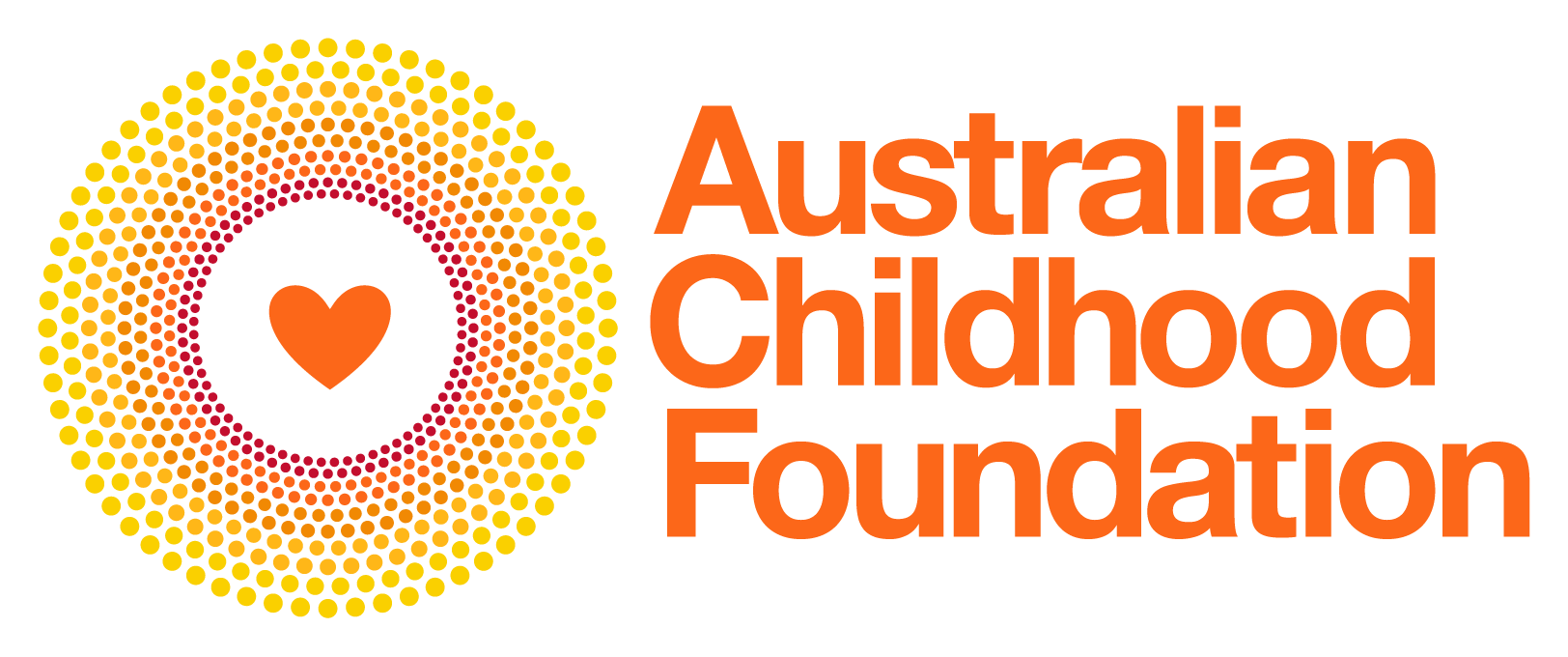We could have prevented abuse in the childcare centres
By Janise Mitchell, CEO of Australian Childhood Foundation
The sort of abuse that happened in childcare centres by Joshua Brown is hard to make sense of. For families, it was devastating. For educators, deeply unsettling. And for those of us who have spent our lives working to protect children, it was heartbreaking — because we know this could have been prevented.
The abuse reflects a deep failure of our system. Joshua Brown didn’t slip through the cracks; he sailed right through them. The reality is, we don’t have the checks in our system to prevent such abuse and maltreatment. He was free to operate in a system that lacks the safeguards to detect his grooming behaviours, respond to warning signs, and protect the children entrusted in his care.
The question is why did we let this happen?
Grooming goes beyond children
Grooming is insidious. It’s subtle, calculated, and designed to build trust — not just with children, but with the adults around them. It often looks like politeness, attentiveness, or going that extra mile. That’s what makes it so dangerous. Perpetrators rely on our assumptions and our discomfort with calling out what doesn’t feel right.
In early childhood settings, these vulnerabilities are even starker. Staff are under-resourced, and many are working in environments where safeguarding is viewed as a tick box exercise, a compliance issue rather than a cultural priority. Most early educators have never received specific training on how to spot grooming, let alone respond to it. Codes of conduct exist, but they’re not always understood. And when someone does speak up, they may be dismissed or doubted.
Building a culture of safety through safeguarding
At Australian Childhood Foundation, we’ve seen firsthand how transformative safeguarding can be when it’s done properly. Through our Safeguarding Children Accreditation Program, we have worked with early childhood providers to build a culture of safety.
One provider we worked with began their journey unsure of how to apply the child safety code of conduct. Staff didn’t feel like they were equipped to challenge red flags and concerning behaviour. But over time, with proper training and support, they became a place where children are safer — simply because every adult knows what to look for and how to respond to potentially dangerous situations.
This is what every child deserves. And it’s why the recent amendment to the NSW Child Protection Bill is so important. The amendment brings us a step closer to mandatory child abuse prevention training for holders of the Working with Children Check (WWCC). That's a welcome step forward. But we must be honest: it’s only the beginning, and the Foundation and its survivor advocates won’t rest until this training is mandated in full. There is so much more that needs to be done – it is unacceptable that one in four Australians have experienced sexual abuse as children.
Mandatory child abuse prevention training is needed — but not without input from people with lived experience.
The amendment rightly introduces general child safety education, but it does not yet mandate comprehensive child abuse prevention training, which goes deeper. The kind of training that helps well-meaning adults understand grooming tactics, recognise signs of trauma, and know how to act when something feels wrong. It must be consistent, based on evidence and informed by trauma. And most importantly, it must be shaped by those who have lived through abuse.
Survivor advocates such as Emma Håkansson, who joined me in meeting with MPs alongside Emma Hurst MLC, have been instrumental in driving this reform. Their courage and insight have helped shift the conversation. They know what could have helped them. They know what may have stopped someone like Joshua Brown. Their voices are not just valuable — they’re necessary.
That’s why we’re calling on the NSW Government to re-engage with survivors and experts to co-design the training. Consultation alone isn’t enough. We need genuine collaboration, where lived experience informs every stage — from content to delivery to evaluation.
We must do better for children
We also need national coordination. Right now, the WWCC system is still fragmented across states and territories, creating gaps that perpetrators know exactly how to exploit. A national register is a good start, but it must be coupled with mandatory training and a shared commitment to a safeguarding culture.
Joshua Brown should never have had access to children. But he did, because our systems trusted a check over a culture. If we want to honour the children he harmed, we must do better. We must build environments where grooming cannot thrive, where staff are empowered to act, and where survivors are respected as the experts they truly are.
This is not just about policy. It’s about love, care, and responsibility. Every child deserves to grow up safe, supported, and free from harm and violence. And every adult who works with children deserves to have the tools and knowledge to be able to protect them.
Let’s make sure we never ask, “how did this happen?” again.
